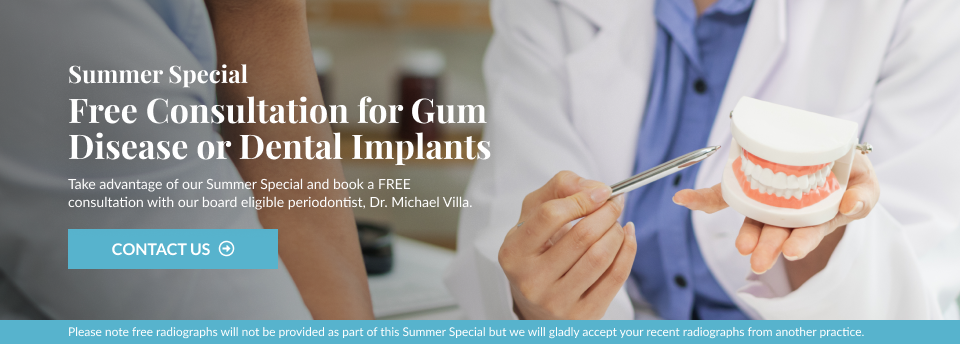Osseous Surgery in Manhattan
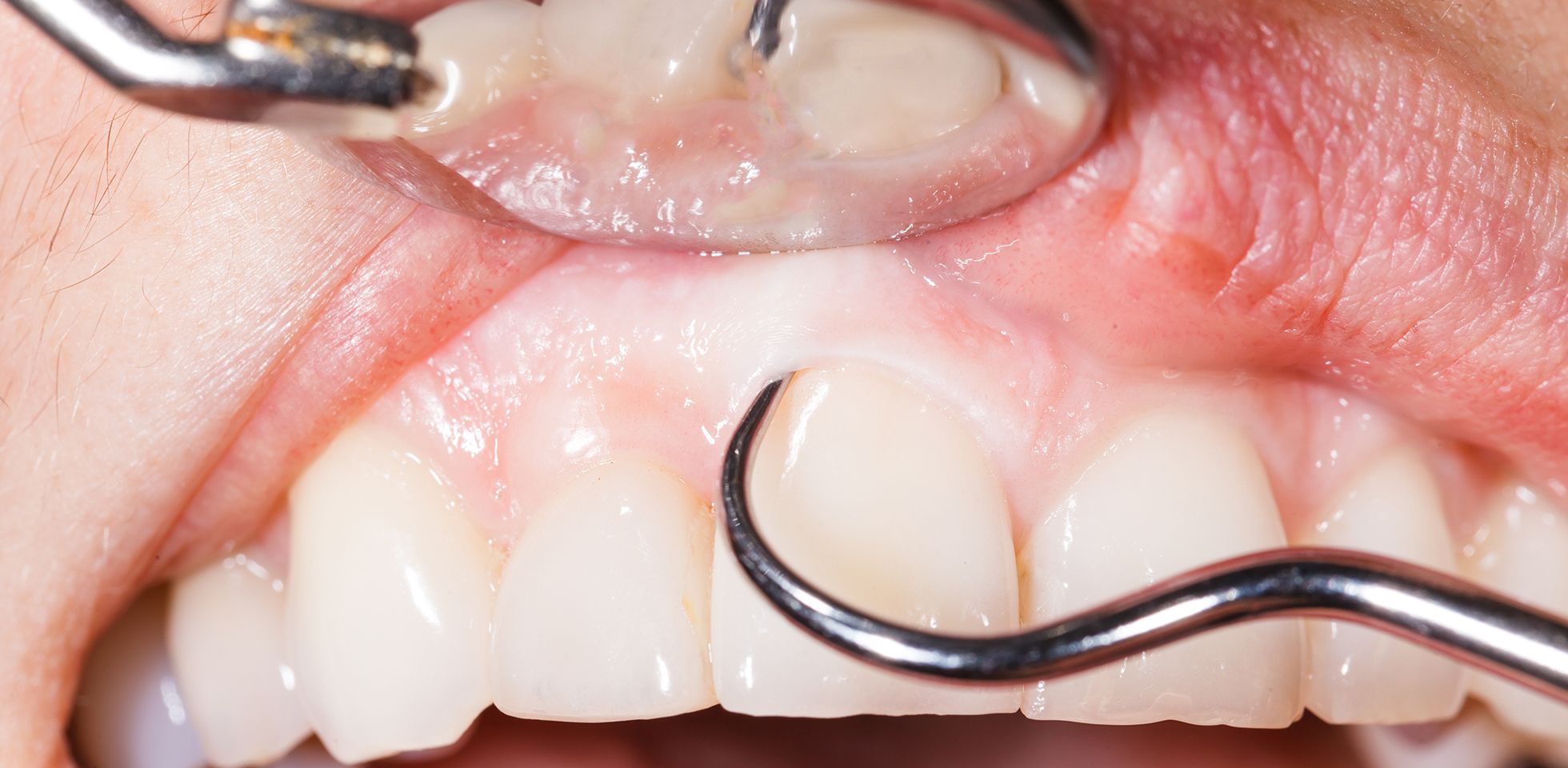
Osseous Surgery Specialist
Meet Osseous Surgery Specialists in Manhattan
Dr. Wang is a board-certified periodontist with significant skills in both simple and complex gum surgery procedures, helping patients in Manhattan’s Midtown East neighborhood and throughout New York City maintain healthy gums and avoid tooth loss.
Dr. Wang has performed gum surgery on all four (4) quadrants of my mouth to address and mitigate my persistent gum recession brought on by poor genetics and excessive brushing as a child. All four procedures were painless, healed very quickly, and resolved my gum issues. I have been a client of 209NYCDental for the past 20 years. Dr. Wang is without question one of the absolute best oral surgeons in New York City. He is truly exceptional.
What Is Osseous Surgery?
When gum disease is allowed to advance untreated, the bacteria can eventually eat away at the bone that comprises the tooth socket. When bone is lost, the tooth becomes weak and can fall out. Osseous surgery, also known as pocket reduction surgery or periodontal flap surgery, is a dental procedure that treats advanced gum disease (periodontitis). This dental surgery aims to improve periodontal health of the patient:
- Reduce or eliminate pockets: Deep spaces between the teeth and gums where bacteria can hide and make it hard to clean.
- Remove bacteria and infected tissue: Our board-certified Manhattan periodontist, Dr. Wang, can access and clean the tooth roots and surrounding bone.
- Reshape the bone: Irregular or damaged bone around the teeth is smoothed and recontoured to make a more stable and healthy environment.
- Regenerate gum tissue (in some cases): Bone grafting or other regenerative materials may be used to grow new bone and tissue.
Osseous surgery in Manhattan can repair the damage and help restore oral structures damaged by disease by augmenting these areas with bone grafts, either taken from your body or allografts from a tissue bank.
Osseous Surgery Steps
Osseous surgery is a multi-step procedure aimed at treating advanced gum disease. Here’s a general overview of the typical steps involved:
- Anesthesia: The area is numbed with local anesthesia. Sedation may also be used for anxious patients.
- Incision and Flap Creation: The dentist or periodontist makes small incisions in the gum tissue to separate it from the teeth and bone. The gum tissue is then gently folded back (creating a “flap”) to expose the tooth roots and underlying bone.
- Cleaning and Debridement: Plaque, tartar (calculus), and infected tissue are thoroughly removed from the tooth roots and bone surfaces.
- Bone Reshaping (Osseous Recontouring): Irregularities and defects in the bone caused by the gum disease are smoothed and reshaped to create a more even and healthy contour. This helps to reduce the pockets where bacteria can accumulate.
- Bone Grafting (Optional): If significant bone loss has occurred, bone grafting material (which can be synthetic, from a donor, or the patient’s own bone) may be placed to help regenerate lost bone.
- Membrane Placement (Optional): In some cases, a special membrane may be placed over the bone graft to help guide tissue regeneration and prevent gum tissue from growing into the bone defect.
- Gum Tissue Repositioning: The gum tissue is then repositioned to fit snugly against the reshaped bone and tooth roots. In some cases, excess gum tissue may be trimmed.
- Suturing: The incisions in the gum tissue are closed with stitches (sutures). These may be dissolvable or require removal after a week or two.
- Periodontal Dressing (Optional): A protective dressing or bandage may be placed over the surgical area to protect it during the initial healing phase.
- Post-operative Instructions: The patient is given detailed instructions on how to care for the surgical site, manage pain and swelling, dietary restrictions (usually soft foods), and medication (pain relievers and sometimes antibiotics or antibacterial mouthwash).
- Follow-up Appointments: Several follow-up appointments are necessary to monitor healing, remove non-dissolvable sutures, and ensure the success of the surgery.
It’s important to note that the specific steps and techniques used may vary depending on the extent and location of the gum disease, as well as the individual patient’s needs.
How Can I Tell If I Need Gum Surgery?
Not everyone with gum disease requires gum surgery; however, people with advanced periodontal disease may require surgery to prevent further decay and tooth loss. The only way to know if gum surgery could benefit you and help you keep your teeth as healthy as possible is to schedule an evaluation.
Consultation with a periododontist is a crucial step in determining the need for osseous surgery. If you have any signs of gum disease, including bleeding gums, swollen or tender gums, sore teeth, or extreme sensitivity to hot and cold temperatures, schedule a consultation with Dr. Jin Wang to evaluate your periodontal health and start treatment to preserve your smile for years to come!
Frequently Asked Questions
1. What Is Osseous?
The word osseous describes things “consisting of or turned into” bone. It comes from oss, which is Latin for bone. Oseous surgery means treating the bone around your teeth.
2. Is Osseous Surgery Painful?
While this procedure does require incisions, an osseous surgery procedure shouldn’t be painful with the local anesthesia we administer. This treatment numbs the area where your surgery will occur. You may notice mild sensitivity around your procedure site after leaving our office. Fortunately, over-the-counter pain medications should reduce the tenderness in your mouth.
3. Is Osseous Surgery in Manhattan Worth It?
While it’s a personal decision, osseous surgery in Manhattan is an investment in your oral health and your wallet. By addressing advanced gum disease head on it can help you keep your natural teeth, prevent future problems and expenses and get a healthy and happy smile.
We recommend a consultation with our board-certified periodontist to evaluate your dental health and see if osseous surgery is right for you. Dr. Wang will explain the procedure, and the results, while our treatment coordinator will help you navigate osseous surgery costs whether you have insurance or not, so you can make an informed decision.
What Our Patients Are Saying
With over 1000 reviews from all over the web with an average rating of 4.9 we are proud to be in the Manhattan Dental Elite.
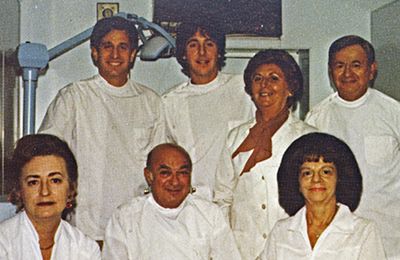 Our History
Our History
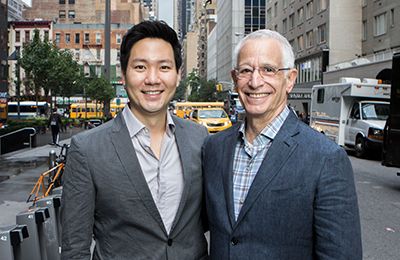 Our Providers
Our Providers
 About Us
About Us
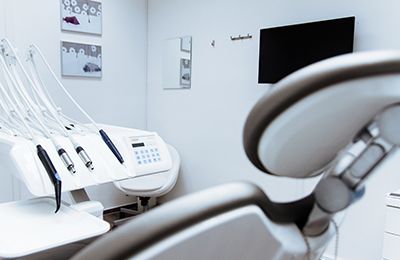 Blog
Blog
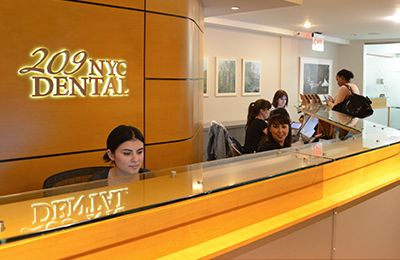 Contact us
Contact us
 Diagnostic & Preventive
Diagnostic & Preventive
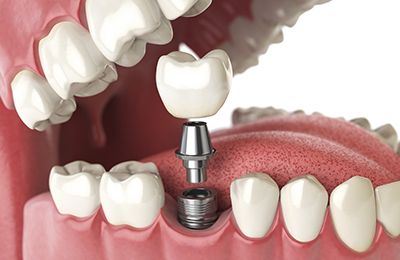 Implant Dentistry
Implant Dentistry
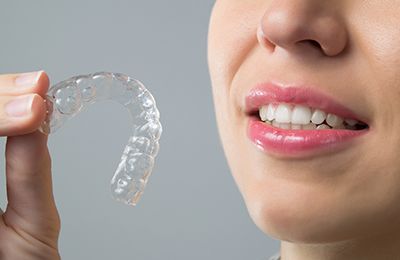 Clear Braces - Invisalign
Clear Braces - Invisalign
 Cosmetic Dentistry
Cosmetic Dentistry
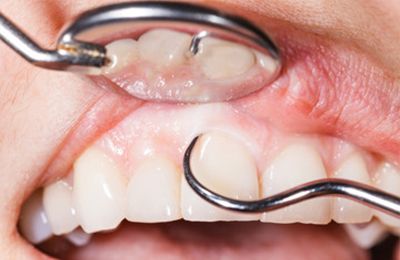 Periodontics
Periodontics
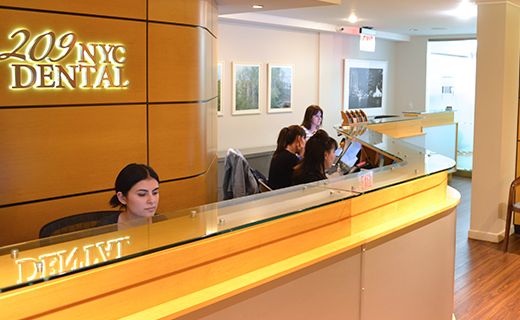 Patient Forms
Patient Forms
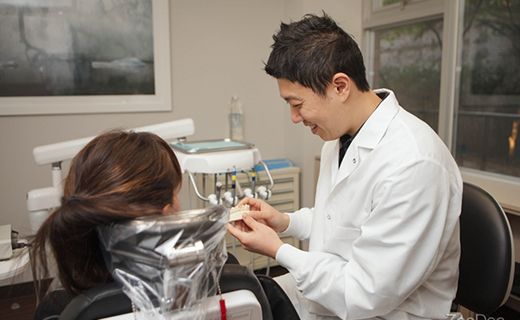 Payment Information
Payment Information
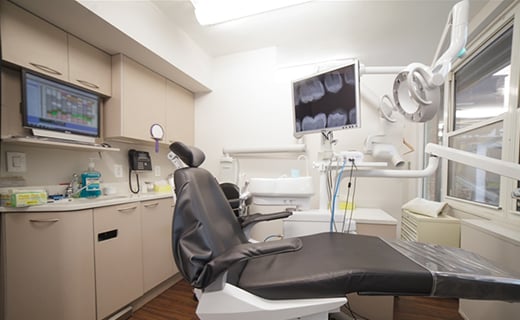 Insurance Options
Insurance Options
 CareCredit Dental
CareCredit Dental
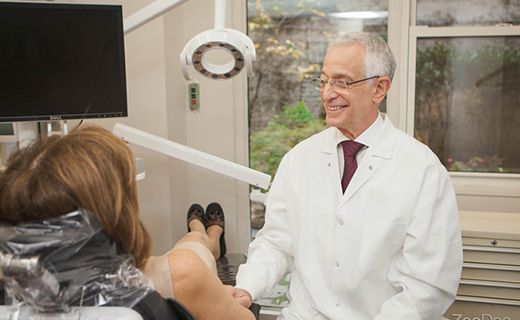 Appointment Policy
Appointment Policy
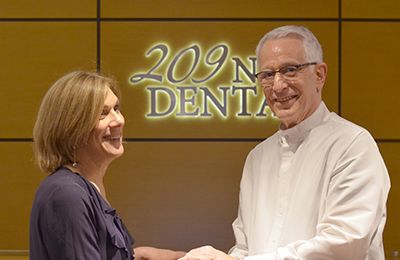 Free Consultation
Free Consultation
 Complimentary Teeth Whitening
Complimentary Teeth Whitening
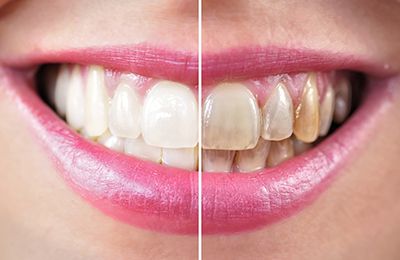 Teeth Whitening
Teeth Whitening
